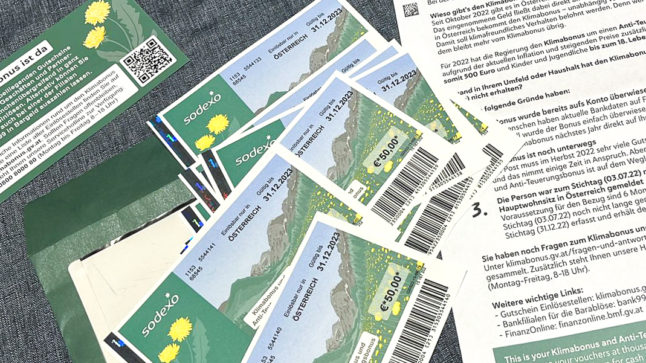In an interview with the Funke media group newspapers (cited in Handelsblatt), Austrian Economy Minister Margarete Schramböck stated that Austria would be strongly opposed to a gas embargo against Russia.
“We must not send any signals in the direction of a gas embargo if we know that we will not be able to sustain it – and neither we nor Germany will be able to sustain it,” she said.
Austria has already voiced support for an EU oil embargo against Russia, but a gas embargo remains a “red line”, as Austria still obtains 80 percent of its gas from Russia, and this has not changed since the beginning of the war.
READ ALSO: Austria throws support behind embargo of Russian oil
The minister also warned Germany from sending any further signals toward a gas embargo and indicated that there would be little solidarity in the event of a halt to Russian gas deliveries.
“For us, the question is who will pay for it should the European Union dictate that the storage facilities must be filled,” Schramböck said.
“We can use Austrian tax money to make provisions for the storage facilities that serve Austrian needs. But we cannot use Austrian tax money to buy gas for Germany, France, or the Netherlands,” she said.



 Please whitelist us to continue reading.
Please whitelist us to continue reading.
Member comments